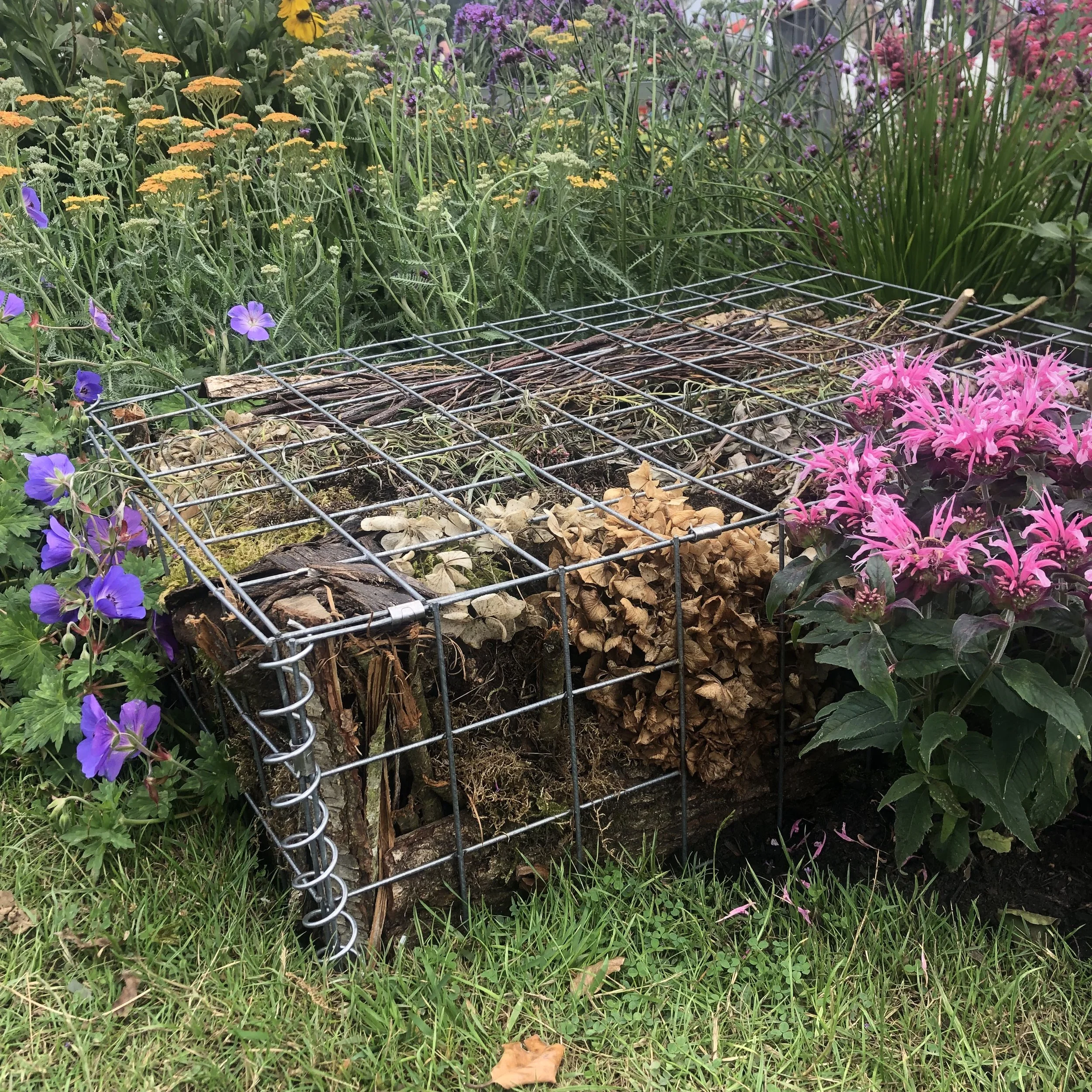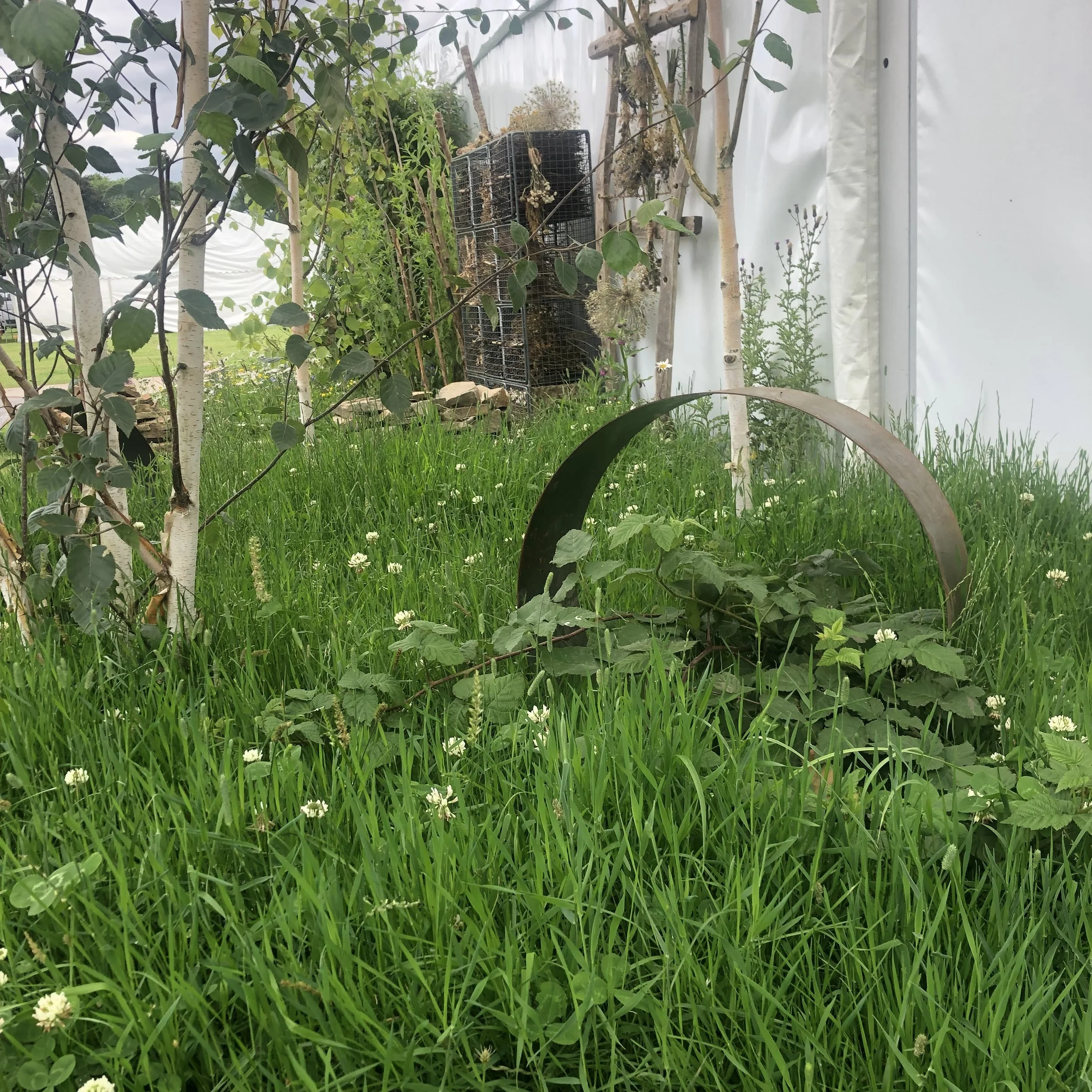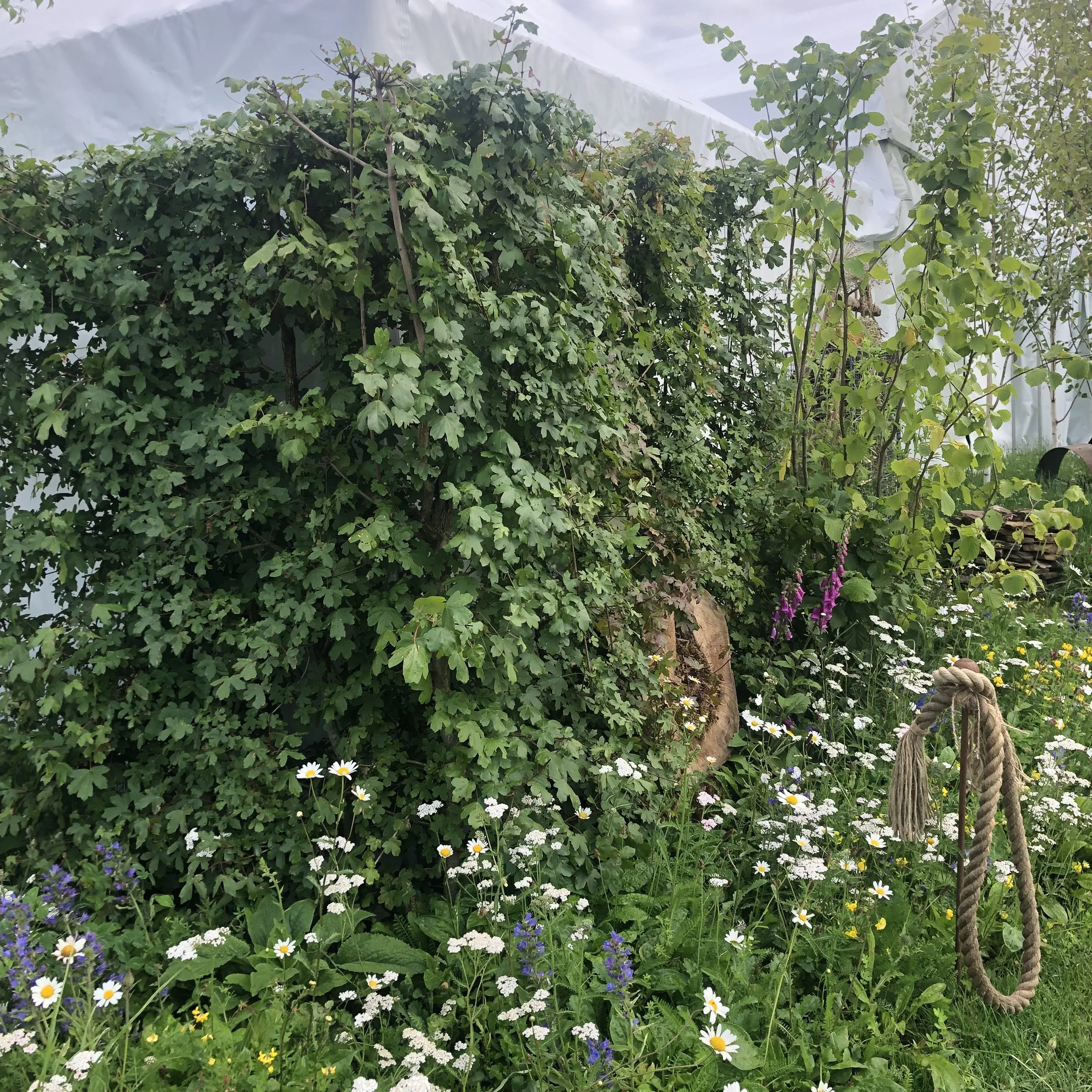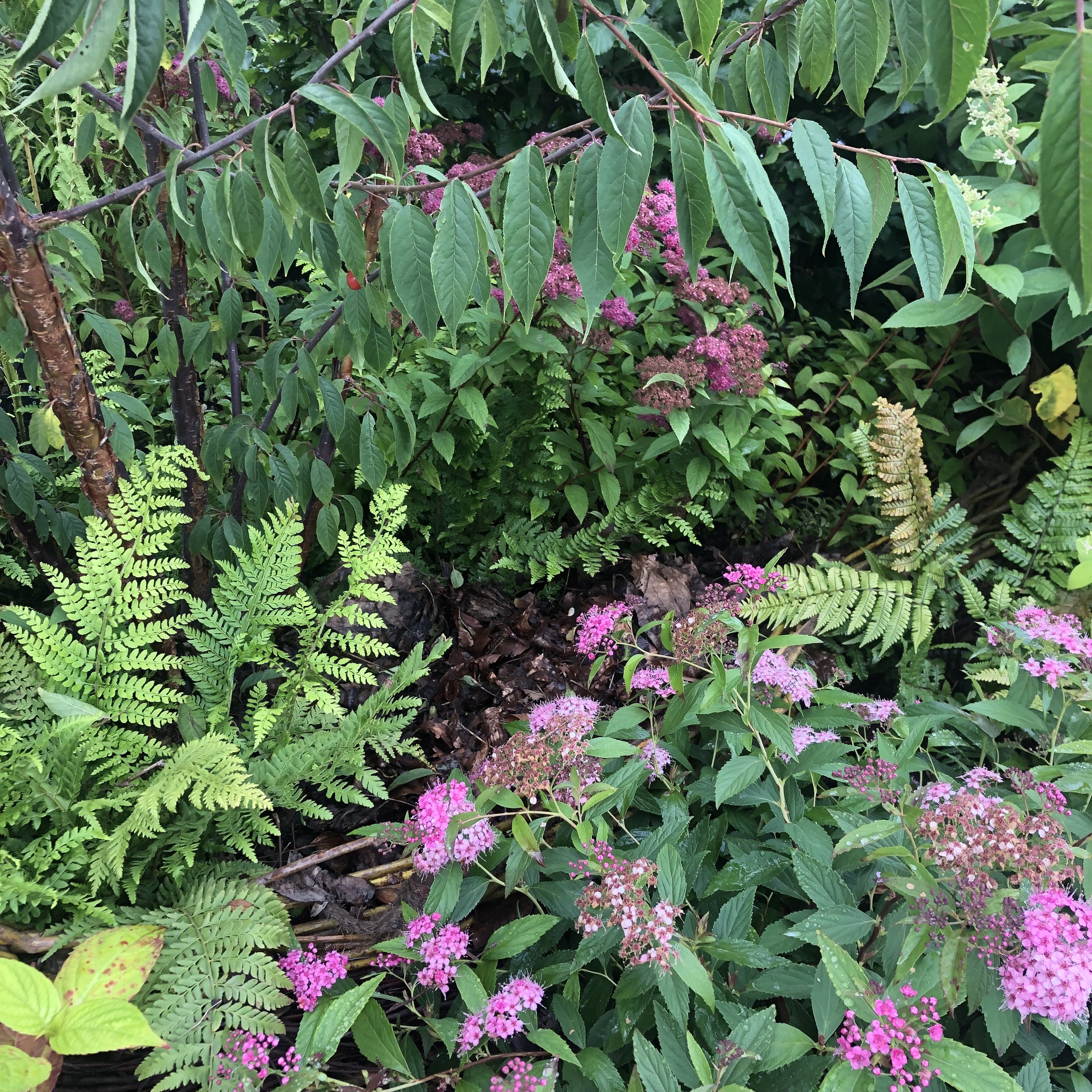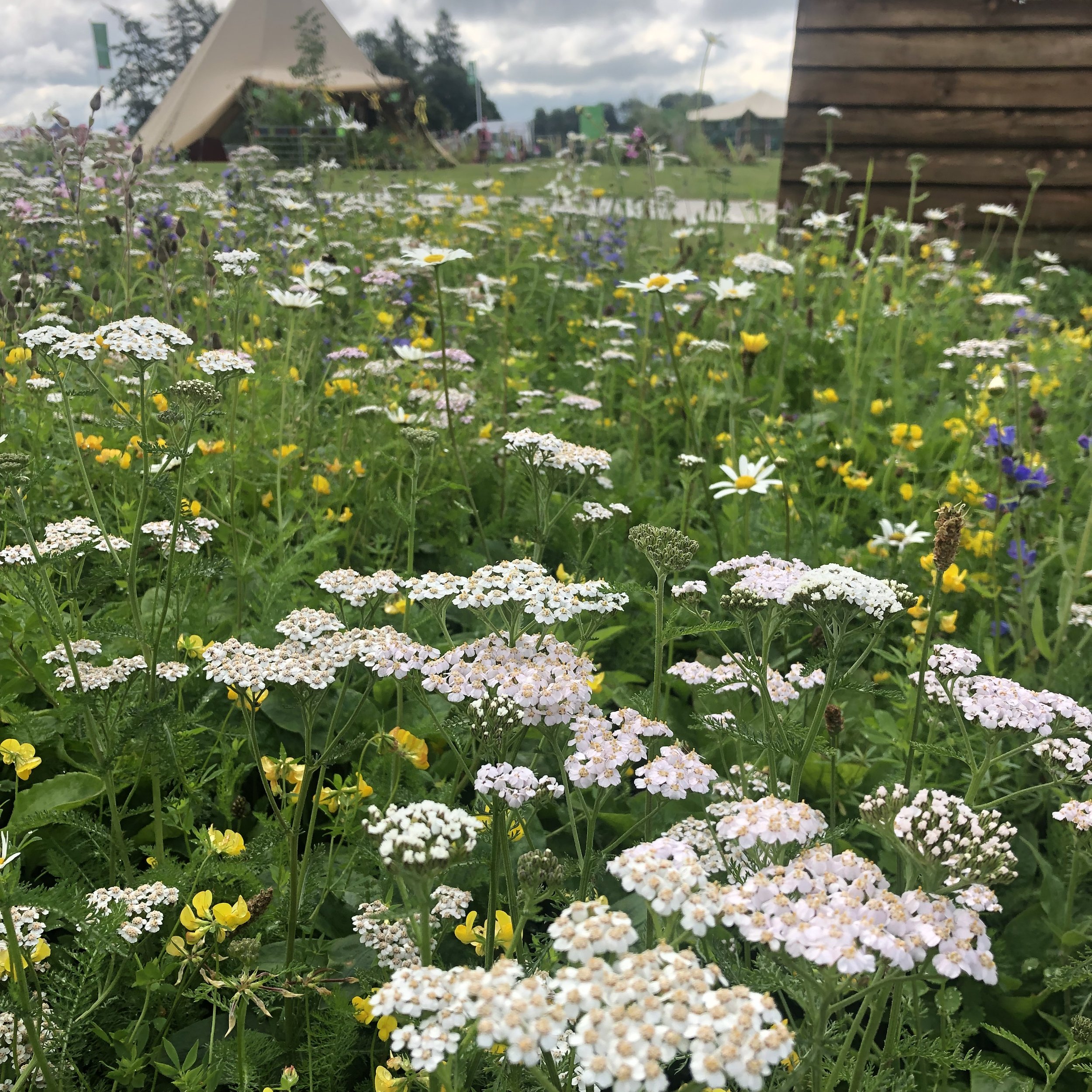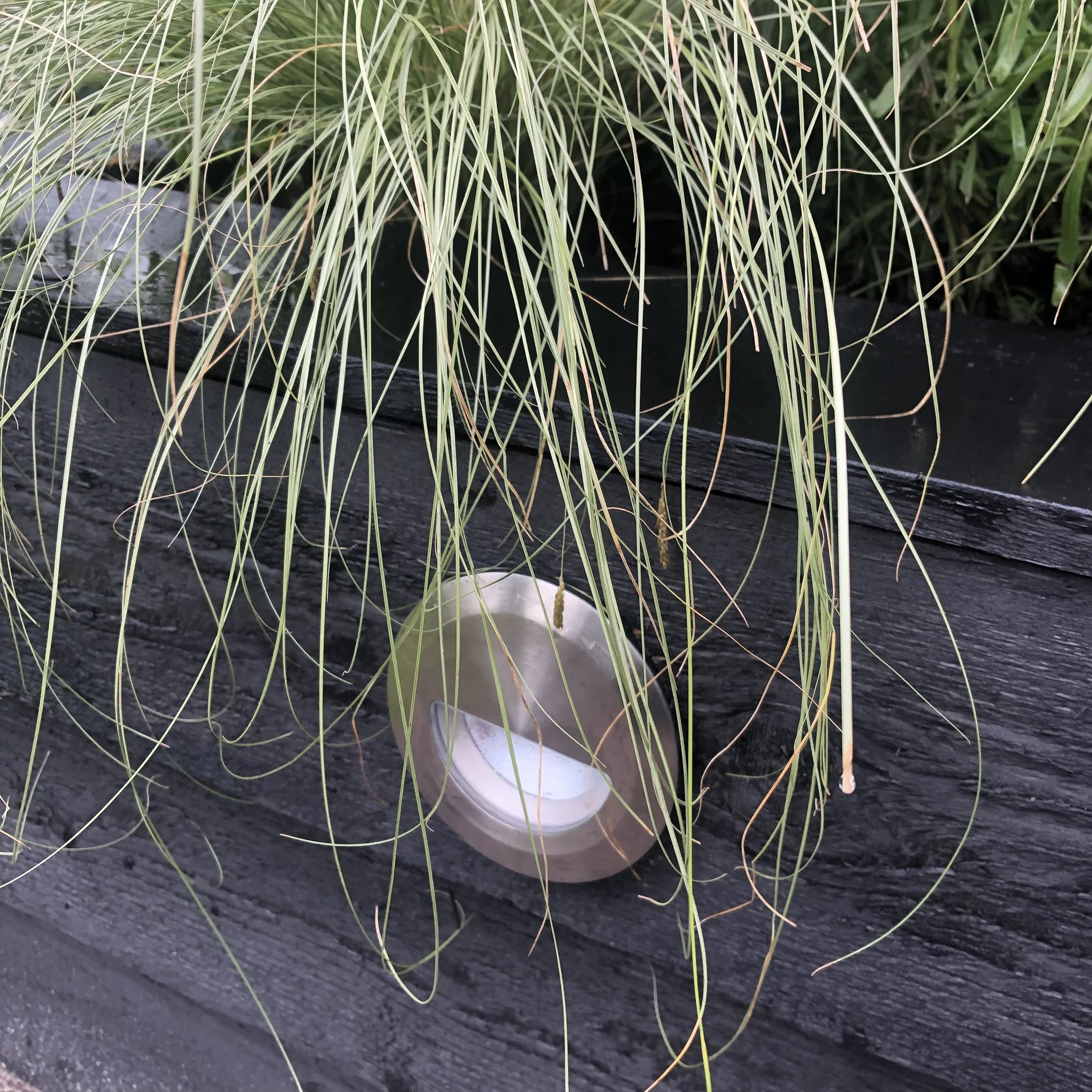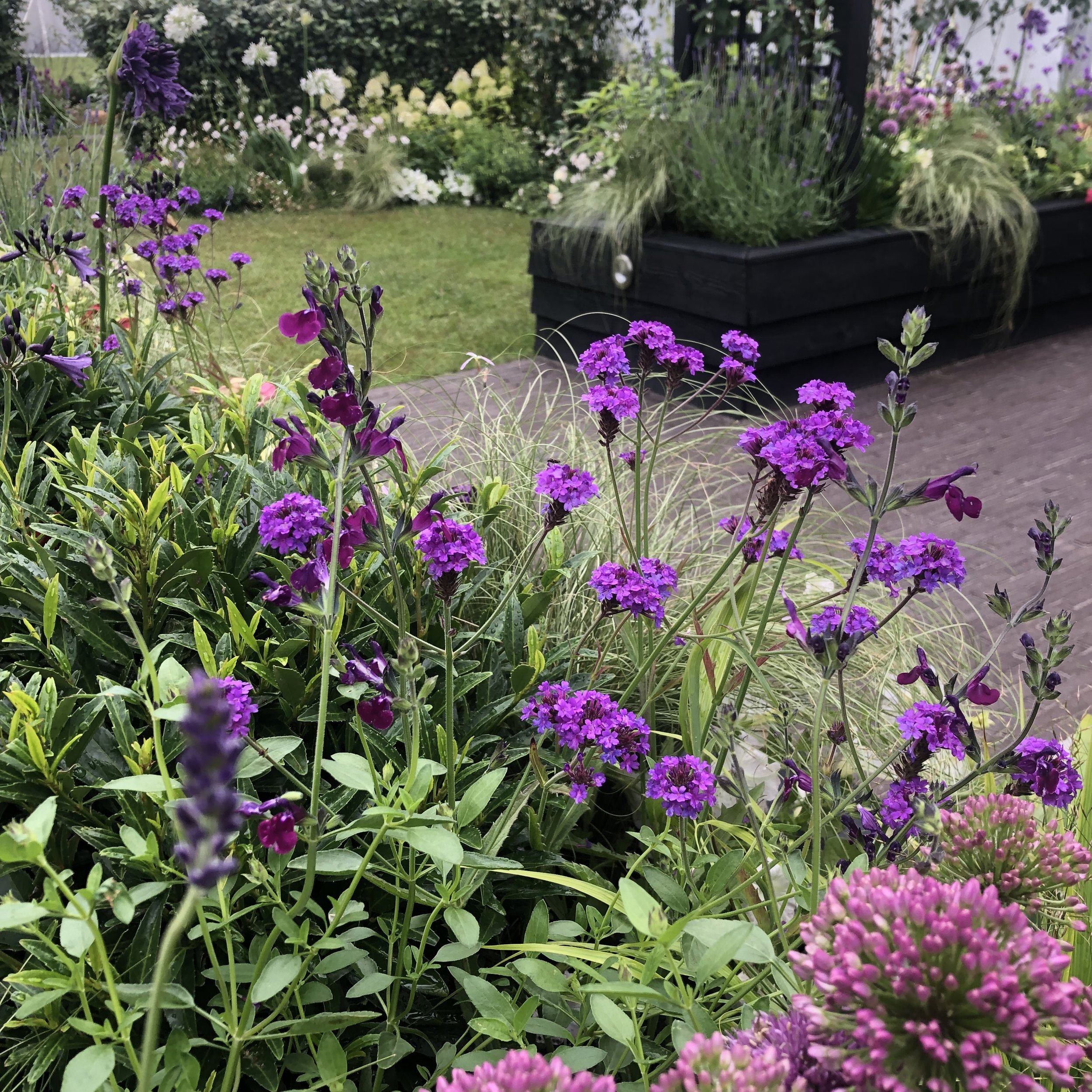RHS Nocturnal Pollinator Garden Features
Hello! If you have scanned the QR code from my show leaflet you have come to the right place! Scroll below for info on plant lists as well as feature elements, habitat ideas and plants that have a particular relevance to our night time pollinators. This area will be updated on a regular basis too so check back in for more details.
ORNAMENTAL HABITATS
These are a great way to reuse any garden cuttings, leaves, old flower stems, pieces of wood, pine cones etc to create places of shelter for our garden pollinators. Moths in particular like to bed down over the winter months whether in larval, pupae or egg stage so it’s good to give them an undisturbed area to quietly inhabit.
NATIVE PLANTS
Selecting native plants to feature in our gardens is one of the best ways of helping our pollinators. These native specimens will be the natural food sources for moths so it is really important to include some in any garden planting scheme. Some examples include Erica and Calluna for a more acid soil, Cornus, Persicaria and Salix for moist soil conditions and foxgloves, Luzula and Briza for a shadier aspect.
HEDGES
An all round amazing habitat for a range of insects and wildlife but in particular to moths it will provide shelter during the daytime hours. Native hedging earns even more brownie points as it will be an important food source for certain moths eg Hawthorn, Field Maple and Beech.
KEEP YOUR LEAVES
Collecting leaves and storing them in your garden in a dedicated space or under shrubs or trees as a mulch is a great way to provide an overwintering habitat for moth pupae and caterpillars. The leaves will also rot down in time and will create the best mulch for your garden. A win win!
.
WILD FLOWERS ROCK
Wild flower meadows are an incredible habitat for pollinators however the UK has lost 97% of this type of habitat since the 1930s. They sustain a huge amount of insects especially if you go for a native wild flower mix. Areas like these are very easy to look after too as they only need cutting once a year around autumn time.
The wildflower meadow that features in the garden was provided by Lindum Turf based in Yourshire.
LIGHTING YOUR GARDEN
Less is more when it comes to lighting your garden. Always choose warm low lumen lights too as the bright white light will disorientate moths and distract them from their pollinating duties. For more info have a little read of a blog I wrote a few moths back as a bit of research for this project.
Light features in the garden provided by Collingwood.
VERBENA RIGIDA SANTOS
This is a smaller version of the beautiful Verbena bonariensis with just as much pollinator pull. It’s much more compact so better for smaller spaces.

